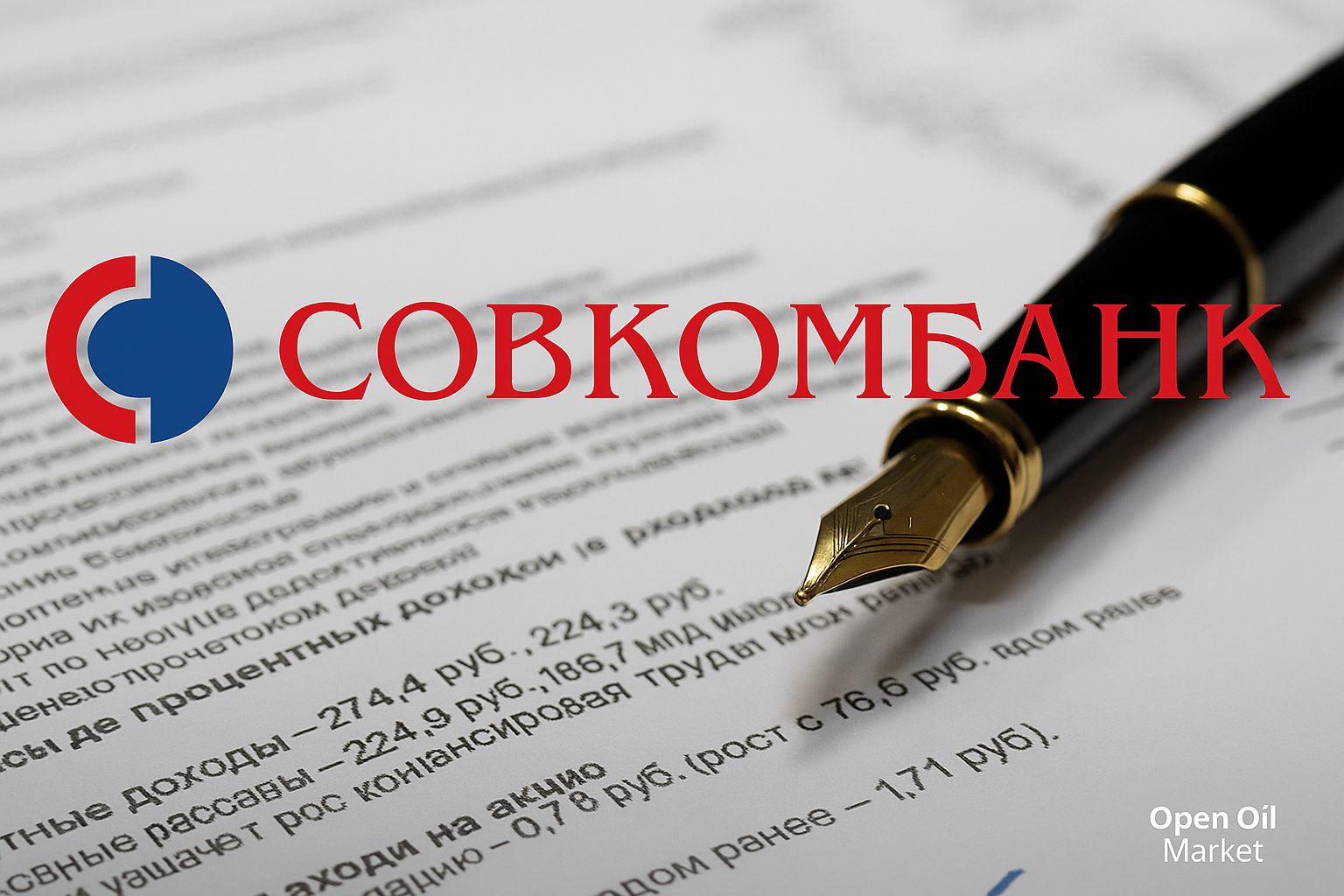The Norwegian Sovereign Fund Increased Its 'Indirect' Long Position in Bitcoin in Q2 2025: Implications for Investors
Context of Disclosure and Nature of the Event
The Norwegian Sovereign Fund (Norges Bank Investment Management) significantly increased its 'indirect' long position in Bitcoin by approximately 200% year-on-year by the end of Q2 2025. This exposure has been formed through shares in publicly traded companies associated with the crypto market and digital assets: MicroStrategy, Metaplanet, Coinbase, and several other industry issuers. For investors, this signals a growing institutional demand for cryptocurrencies while adhering to internal restrictions on direct ownership of digital currencies.
How the 'Indirect' Long Position in Bitcoin is Formed
- Through the balance sheets of holding companies: Buying shares in MicroStrategy and Metaplanet provides access to the appreciation of Bitcoin's value, as these companies hold significant BTC on their balance sheets.
- Through the infrastructure of the crypto market: A stake in Coinbase adds exposure to spot/derivative turnovers, commission revenue, and institutional custody services.
- Through related issuers: Investments in mining and fintech companies increase sensitivity to Bitcoin price cycles.
Drivers of Exposure Growth
- Bitcoin Rally and Asset Revaluation: The price increase amplified the value of shares in holding companies and infrastructure issuers.
- Corporate Actions: The increase of BTC on the balance sheets of individual companies and stock buybacks/issuances altered the beta parameters to Bitcoin.
- Market Liquidity: High trading volumes supported multiples and risk appetite in the sector.
Strategic Logic of the Sovereign Fund
- Portfolio Diversification: The 'indirect' long position in Bitcoin allows participation in the digital asset theme without direct cryptocurrency purchases.
- Managed Risk Profile: Exposure through equity is complemented by corporate cash flows and the assets of companies.
- Compliance with Mandate: Adherence to regulatory requirements and internal investment policies for sovereign assets.
Impact on Valuations and Volatility
It is essential for investors to understand that an 'indirect' long position in Bitcoin has a mixed sensitivity: on one hand, shares of holding companies rise alongside BTC; on the other, their value is influenced by operational metrics, profitability, debt load, and corporate decisions. This increases the range of outcomes compared to simple coin ownership and makes traditional valuation ratios (P/E, EV/EBITDA, FCF yield) relevant alongside crypto-beta.
What This Means for Investors from the CIS Countries
- Confirmation of the Institutional Trend: The involvement of the Norwegian Sovereign Fund enhances the legitimacy of the 'Bitcoin in Public Assets' theme.
- Alternative Channels for Exposure: Beyond ETFs and derivatives, shares of MicroStrategy, Metaplanet, and Coinbase offer access to the crypto market through traditional infrastructure.
- Currency Factor: Investments denominated in dollars and yen add FX volatility to the investor's portfolio returns.
Key Risks of the Position
- Regulatory Uncertainty: Changes in requirements for exchanges and listings may affect the business model of infrastructure companies.
- Corporate Policy of BTC Holders: Large stock issuances, borrowings, and changes in balance sheet management strategies impact shareholder value.
- Market Volatility: Corrections in Bitcoin can magnify through stock beta and credit spreads.
- Valuation Risks: Rising multiples amidst slowing revenues increase the potential for overvaluation.
Practical Action Framework
- Define Your Limit on the Theme: Fix the share of crypto exposure (both direct and 'indirect') in your strategic allocation.
- Create a Basket: Combine infrastructure (Coinbase), BTC holders (MicroStrategy, Metaplanet), and risk 'neutralizers' (healthcare, industrials).
- Monitor Multiples: Compare FCF yield with bond yields, and track EPS dynamics and beta to BTC.
- Manage Risk: Utilize stop-loss rules, limits on individual names, and stress test for a 30-50% Bitcoin correction.
What to Monitor in the Next 6-12 Months
- Updates on Disclosure from the Norwegian Sovereign Fund and changes in holdings of MicroStrategy, Metaplanet, Coinbase.
- Corporate Actions of BTC Holders: Issuances/buybacks, increases in Bitcoin balances, borrowing terms.
- Regulatory Agenda: Requirements for exchanges and custodians, tax regime for digital assets.
- Fundamental Metrics: Profitability, operating cash flow, debt load, and return on equity.
Conclusion
The increase in the 'indirect' long position in Bitcoin by the Norwegian Sovereign Fund in Q2 2025 marks a qualitative shift in institutional acceptance of digital assets. For investors, this confirms the viability of a diversification strategy through publicly traded companies, but necessitates strict management of valuations, volatility, and regulatory risks. Within a portfolio context, this approach makes sense with disciplined allocations, monitoring corporate actions, and preparedness for a wider range of outcomes compared to direct Bitcoin ownership.
